
The Ultimate Guide to Bedroom Lights: Ideas, Types & Smart Tips for Every Style
Share
Table of Contents
- Understanding the Basics of Bedroom Lighting
- Types of Bedroom Lights and Their Uses
- Stylish Bedroom Lighting Ideas by Interior Theme
- Layering Your Bedroom Lighting Like a Designer
- Smart Lighting Solutions for Modern Bedrooms
- How to Choose the Right Bedroom Lighting
- Energy Efficiency and Eco-Friendly Bedroom Lighting Tips
Understanding the Basics of Bedroom Lighting

6W Modern Indoor Wall Lamp Up Down Wall Mount Lights for Living Room Bedroom
Lighting is one of the most underestimated elements in bedroom design. Beyond illuminating a space, lighting sets the tone for relaxation, enhances mood, and supports functional tasks like reading or getting dressed. The right lighting should create an inviting atmosphere that feels cozy and practical at the same time.
When planning bedroom lighting, think of the room in zones—areas where specific tasks or experiences occur. Each zone should have the right type of light for its purpose. This way, you can seamlessly shift from winding down at night to energizing mornings.
Key Factors to Consider:
| Factor | Description |
|---|---|
| Functionality | Provides the right light for sleeping, dressing, and reading. |
| Ambience | Controls mood and atmosphere through warmth and brightness. |
| Flexibility | Allows dimming or directional control depending on the activity. |
| Aesthetic Harmony | Matches or complements the room’s style and layout. |
Types of Bedroom Lights and Their Uses
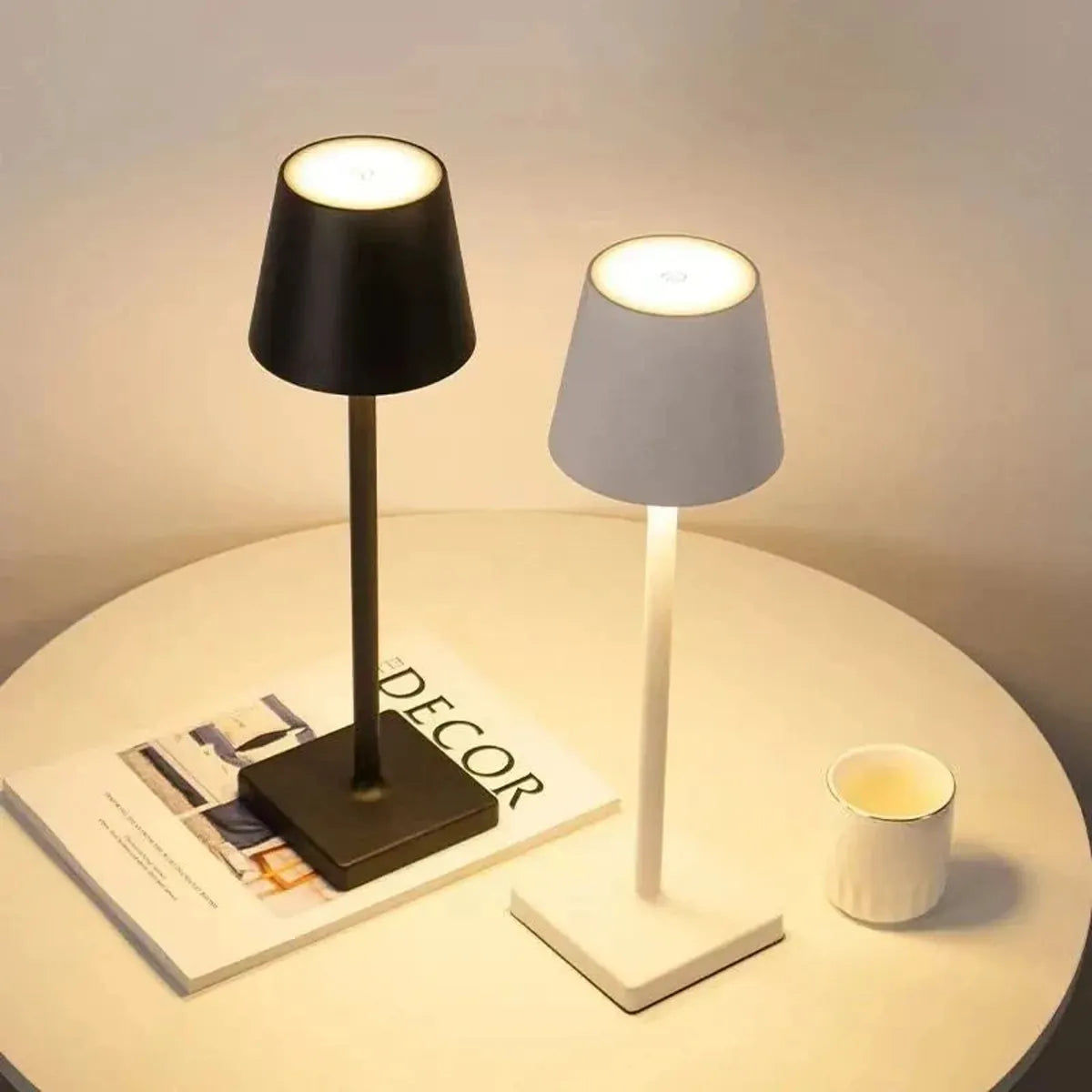
LED Desk Lamp Usb Rechargeable Bar Ambiance Table Lamp Wireless Touch Lamps
A well-lit bedroom uses a combination of different types of lighting. Each one has a specific purpose, and understanding them can help you make informed design decisions.
| Type of Light | Description | Best Placement | Use Case |
|---|---|---|---|
| Ambient | General lighting that illuminates the entire room. | Ceiling center or walls | Everyday tasks |
| Task | Focused light for reading, grooming, or dressing. | Bedside, vanity, closet | Reading, makeup, dressing |
| Accent | Decorative lighting that highlights features or adds depth. | Behind headboards, artwork | Design enhancement |
| Decorative | Fixtures that serve as focal points. | Chandeliers, designer lamps | Aesthetic statement |
By layering these types, you can easily transform your bedroom from functional to luxurious.
Stylish Bedroom Lighting Ideas by Interior Theme
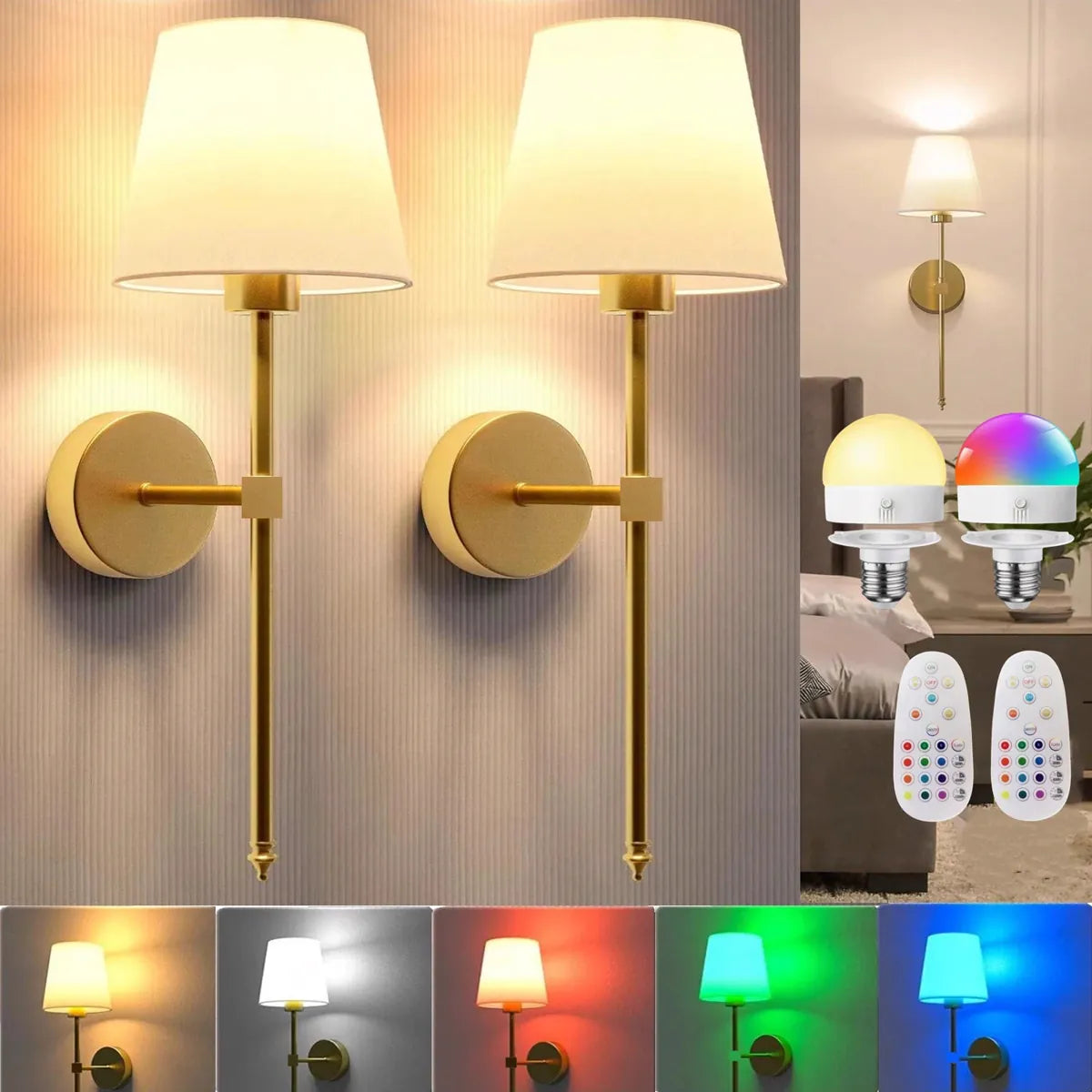
Battery Powered LED Wall Lamp Rechargeable Dimmable Detachable E27 Bulb Remote control
Your bedroom’s lighting should reflect your personal style, just like your furniture or wall art. Lighting helps reinforce your design theme and adds character to the space.
Modern Style
- Use recessed lights, LED strip lighting, or pendant lights.
- Opt for cool-toned bulbs (3500K–4100K).
- Focus on clean lines and minimal hardware.
Rustic Style
- Choose warm Edison bulbs in mason jar or wooden fixtures.
- Use wrought iron wall sconces or a vintage chandelier.
- Highlight natural textures like wood beams with uplighting.
Minimalist Style
- Flush-mount ceiling lights, concealed LED strips, or wall washers.
- Stick to a neutral palette for both light and fixture materials.
- Keep symmetry and simplicity central.
Bohemian Style
- Layer soft lighting like string lights, lanterns, and beaded lamps.
- Use floor lamps with woven or patterned shades.
- Mix ambient and accent lighting for a relaxed vibe.
| Style | Lighting Characteristics | Suggested Fixture |
|---|---|---|
| Modern | Sleek, functional, monochrome | Recessed LEDs |
| Rustic | Warm, vintage, earthy | Edison bulb sconces |
| Minimalist | Neutral, unobtrusive | Flush mounts |
| Bohemian | Eclectic, colorful, soft | Hanging lanterns |
Further Reading:
- Top Bedroom Lighting Trends for 2025: Styles, Materials & Smart Innovations
- Best Bedside Reading Lights for Different Sleep Styles
- Top 7 Statement Lighting Ideas for Bedrooms 2025
Layering Your Bedroom Lighting Like a Designer
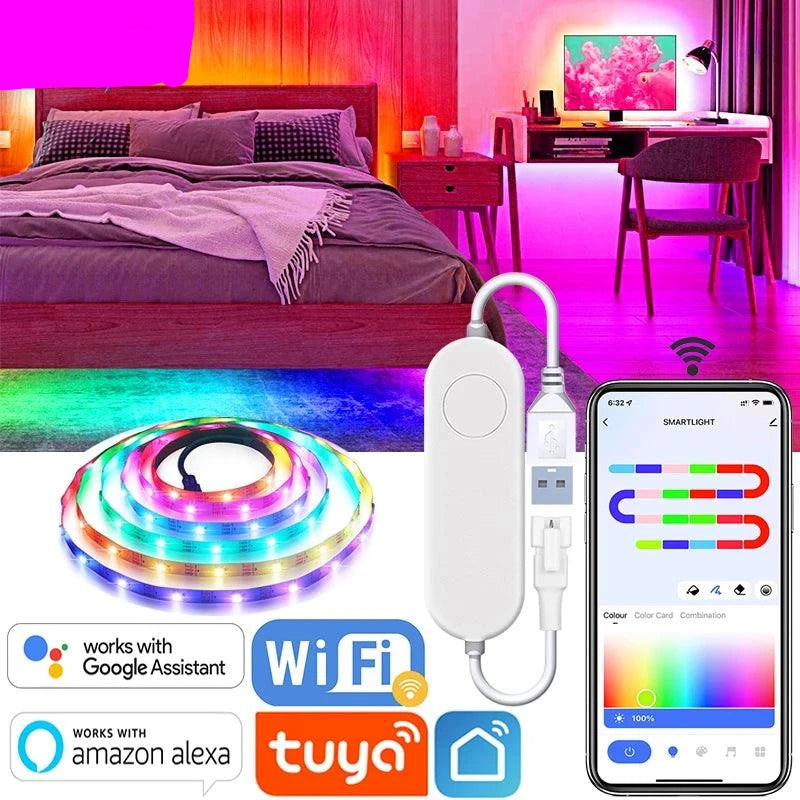
SMD 5050 5V Smart RGBIC LED Strip Lights With USB Power/TUYA/WiFi
Layering light is a professional strategy used in interior design to give depth, functionality, and mood flexibility to a room. The idea is to use multiple light sources at different levels to support various needs throughout the day.
Three Essential Layers of Bedroom Lighting:
- Ambient Lighting: Forms the base light level—usually ceiling-mounted fixtures or cove lighting.
- Task Lighting: Specific to activities like reading—think bedside lamps, vanity bulbs, or closet LEDs.
- Accent Lighting: Adds drama or highlights features like art, headboards, or textured walls.
Example Layering Plan for a 12x12ft Bedroom
| Layer | Fixture | Placement | Brightness (Lumens) |
|---|---|---|---|
| Ambient | Flush ceiling light | Center ceiling | 1,200–2,000 |
| Task | Wall-mounted reading lamps | Each side of bed | 400–800 |
| Accent | LED strip under bedframe | Hidden edge | 200–400 |
This method allows you to personalize your lighting environment depending on time of day or mood.
Further Reading:
Smart Lighting Solutions for Modern Bedrooms
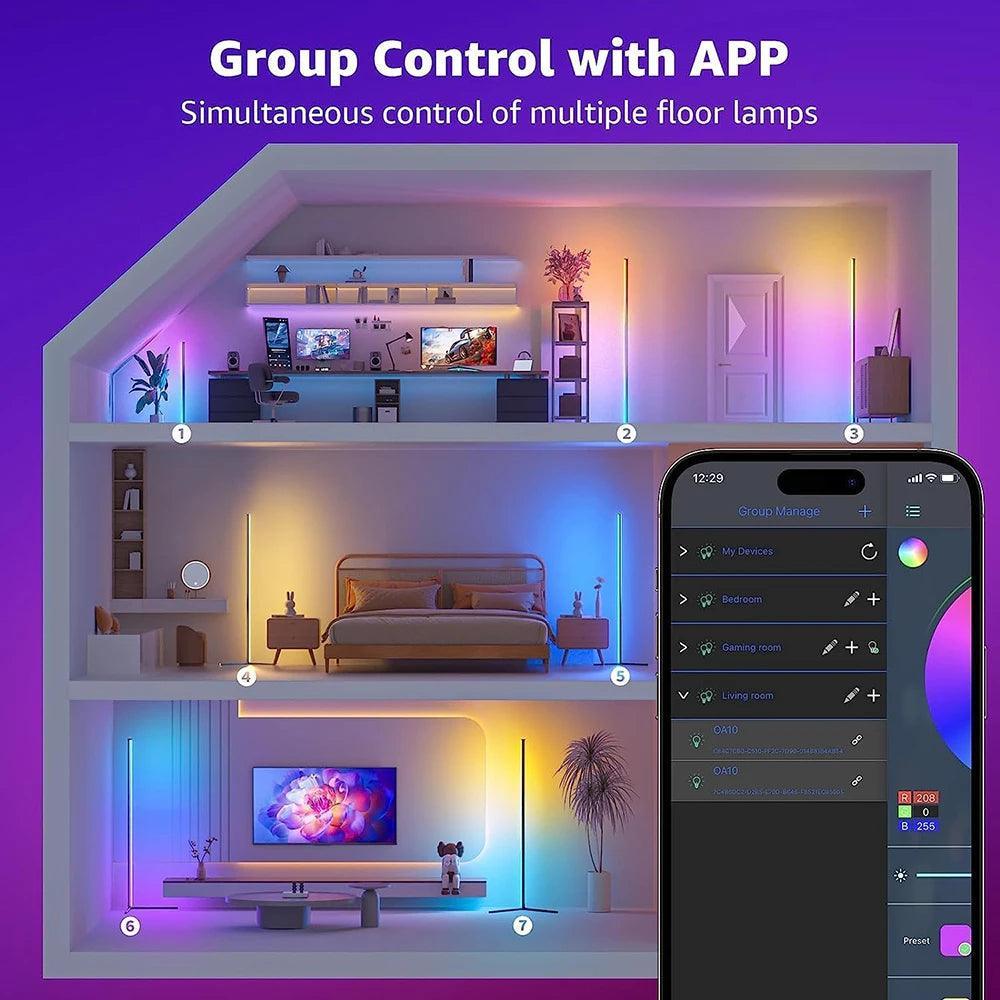
RGB LED smart modern floor lamp music synchronization 16 million DIY color change suitable
Smart lighting isn't just a tech gimmick—it's a way to improve comfort, convenience, and even sleep quality. Many systems now allow you to control light intensity, color, and schedule with your voice or phone.
Smart Lighting Features Worth Considering:
- Voice Control: Compatible with Alexa, Google Home, or Siri.
- App Control: Manage brightness and color from your phone.
- Color Tuning: Shift from warm to cool lighting depending on activity or time.
- Automation: Set routines like dimming lights at 10 PM or brightening at 7 AM.
| Feature | Benefit | Example Setup |
|---|---|---|
| Dimmable LED Bulbs | Mood control & energy savings | Bedside lamps |
| Smart Switches | Control legacy fixtures | Main room light |
| Motion Sensors | Auto-on for closets | Closet task lighting |
| Circadian Rhythm Sync | Supports healthy sleep-wake cycle | Bedtime warm tones |
Smart lighting can elevate both style and practicality—especially when layered with traditional setups.
Further Reading:
- Bedroom Lights: The Complete Guide with LED and Smart Lighting
- The Future of Bedroom Lighting: Invisible Tech and Smart Dimmers
- Smart Lighting Systems in Bedrooms
- Smart Bedroom Lights vs. Traditional Bedroom Lights
How to Choose the Right Bedroom Lighting
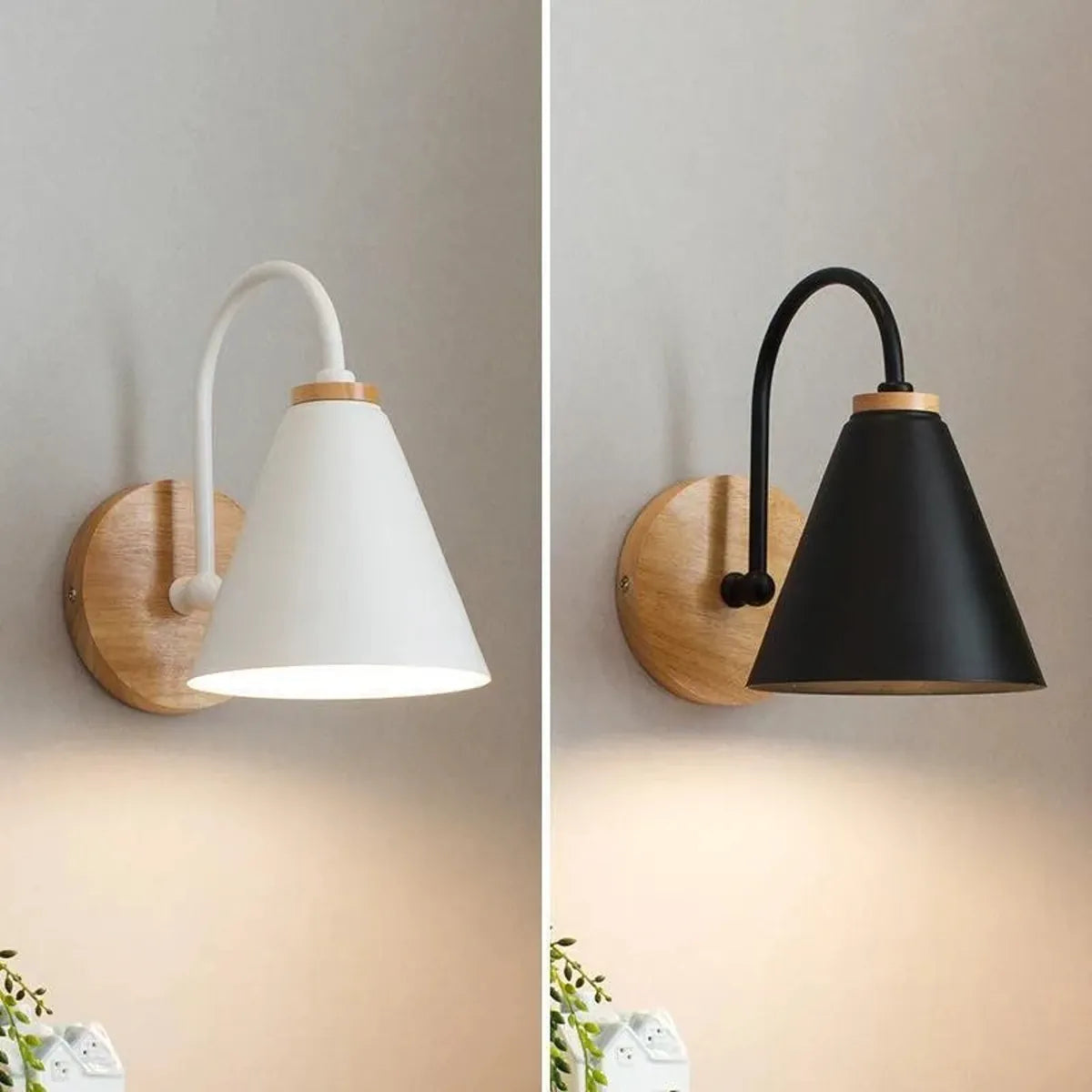
Modern Minimalist LED Wall Light Nordic Indoor Wall Lamp with Switch for Bedroom
Choosing bedroom lighting isn't about picking the prettiest lamp. It’s about aligning light with function, mood, and layout.
Key Criteria:
- Room Size: Large rooms may require multiple ambient sources or wall sconces for even coverage.
- Ceiling Height: Higher ceilings can accommodate pendant lights or chandeliers, while lower ceilings benefit from flush mounts.
- Natural Light: Rooms with large windows might need less daytime lighting.
- Daily Activities: Readers need task lights; those using makeup areas need high-CRI vanity bulb
| Room Type | Best Fixture Type | Notes |
|---|---|---|
| Small Room | Flush ceiling lights + sconces | Avoid clutter |
| Master Bedroom | Statement chandelier + task lamps | Add dimmers for mood |
| Guest Room | Simple ambient + smart bulb | Keep controls intuitive |
| Kids' Room | Night lights + LED strips | Emphasize safety |
Further Reading:
- Maximizing Small Bedroom Space with Wall Sconces and Swinging Lights
- Floor Lamps vs. Ceiling Lights for Bedroom: Which is Better?
- LED Strip Lights vs. Fairy Lights: Which Creates Better Bedroom Ambiance?
- Table Lamps vs. Wall Sconces: Space-Saving Style for 2025
Energy Efficiency and Eco-Friendly Bedroom Lighting Tips

Battery Operated Touch Control LED Wall Lights 3 Brightness Levels 360° Rotatable
Modern bedroom lighting can be both stylish and sustainable. Switching to eco-conscious solutions saves on bills and reduces environmental impact.
Eco-Friendly Lighting Practices:
- Switch to LEDs: Use 75–80% less energy than incandescent bulbs.
- Install Motion Sensors: Prevents energy waste in closets and hallways.
- Use Dimmers: Reduces wattage and improves bulb lifespan.
- Look for ENERGY STAR Certification: Ensures high efficiency and performance.
| Lighting Option | Energy Use | Lifespan | Cost Over 10 Years |
|---|---|---|---|
| Incandescent | High | ~1,200 hours | ~$150 |
| CFL | Medium | ~10,000 hours | ~$70 |
| LED | Low | ~25,000 hours | ~$30 |
Conclusion: Light Your Bedroom with Purpose and Personality
Choosing the right bedroom lights is more than just picking out pretty fixtures—it's about creating a functional, comfortable, and stylish space that suits your lifestyle. By understanding lighting layers, styles, and smart solutions, you can transform your bedroom into a sanctuary that adapts to your needs throughout the day. Whether you're reading, relaxing, or just setting the mood, the right light makes all the difference. Use this guide as your foundation, and let your creativity lead the way to a perfectly lit bedroom.
Frequently Asked Questions (FAQs)
1. What’s the best lighting color for a bedroom?
Warm white light (2700K–3000K) is generally best for bedrooms because it promotes relaxation and mimics natural sunset tones that help you unwind before sleep.
2. How bright should bedroom lights be?
Aim for 1,500–4,000 lumens total across all fixtures. For bedside lamps, 400–800 lumens is ideal. Dimmer switches are helpful for adjusting brightness levels.
3. Can I use only smart lighting in my bedroom?
Yes, but it’s best to layer smart lighting with manual options for flexibility, especially in case of connectivity issues or if others use the room.
4. Should I avoid overhead lights in the bedroom?
Not necessarily. Overhead lights provide ambient lighting, but they should be used in combination with task and accent lighting to avoid harsh glare.
5. What are the safest bedroom lighting options for kids?
Choose LED night lights, battery-powered wall sconces, or smart bulbs with scheduling features. Avoid floor lamps that can be easily knocked over.
6. How can lighting affect my sleep?
Exposure to bright or cool-toned lighting before bed can suppress melatonin. Opt for dim, warm lights in the evening to encourage natural sleep rhythms.
Related Articles:


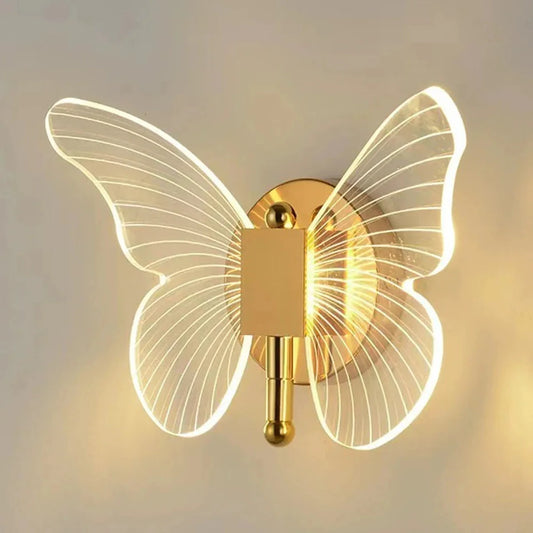

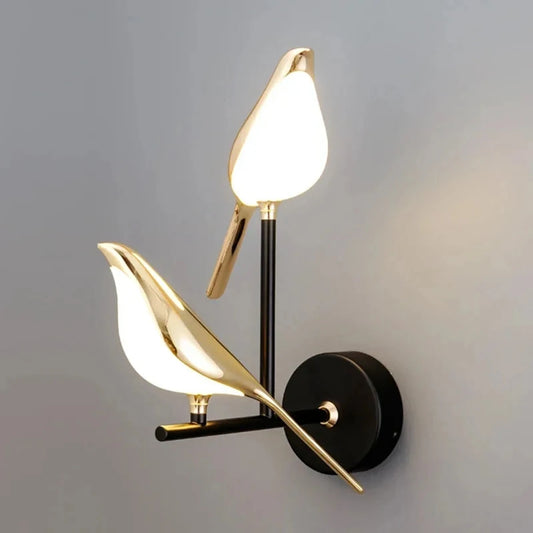

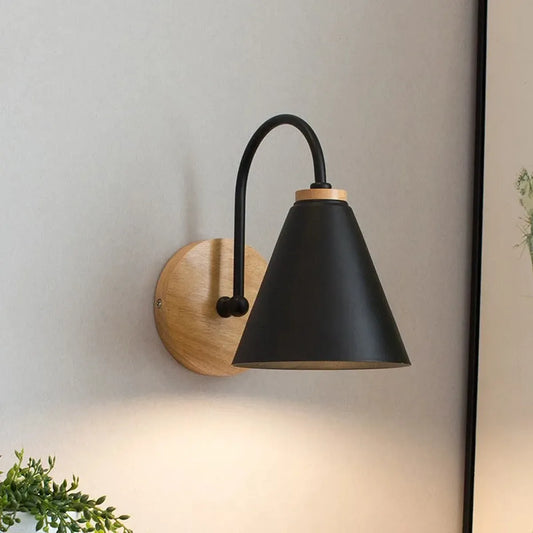

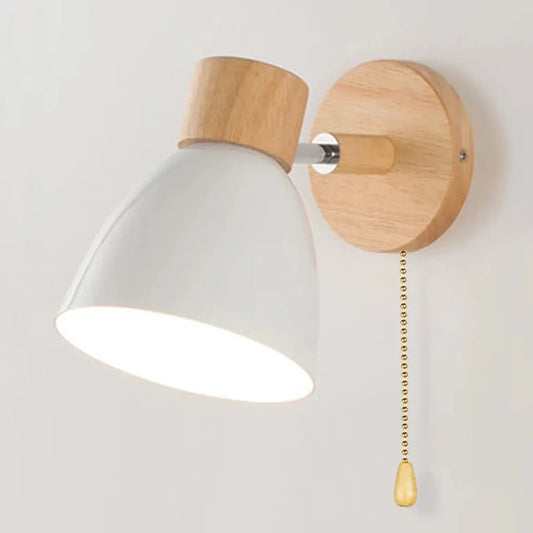

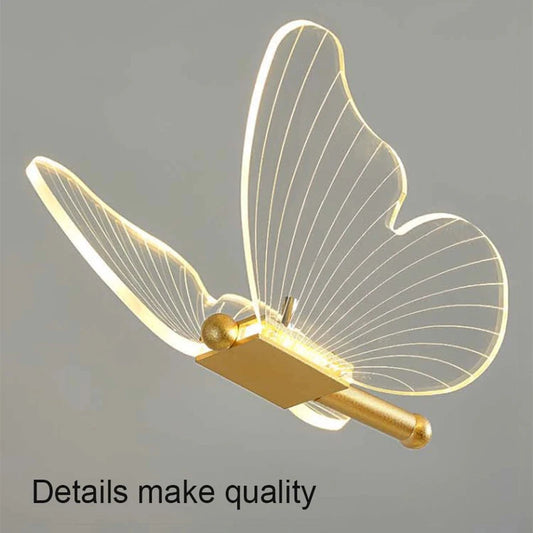



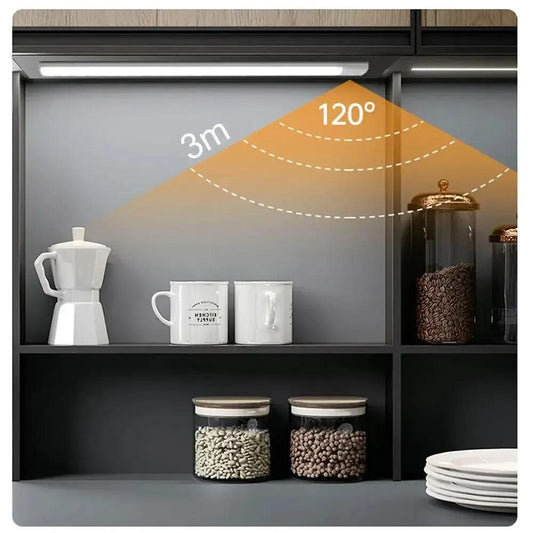

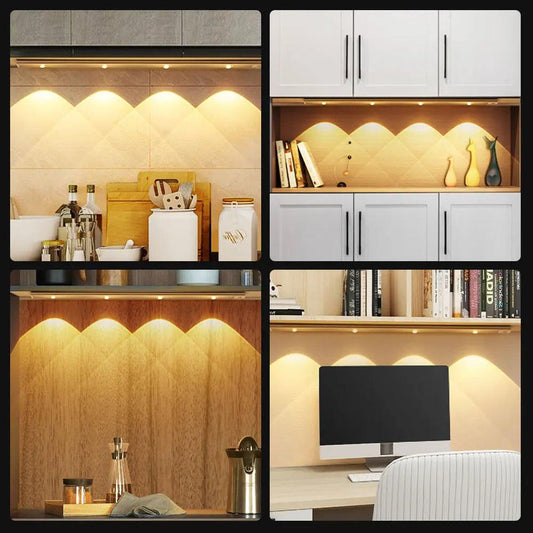

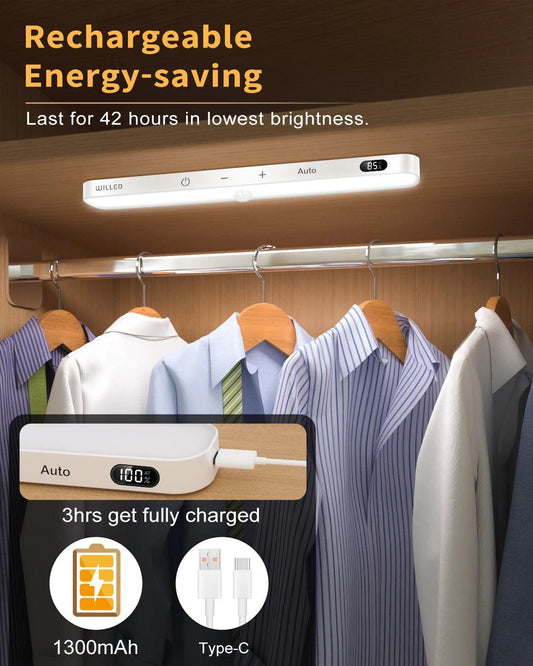

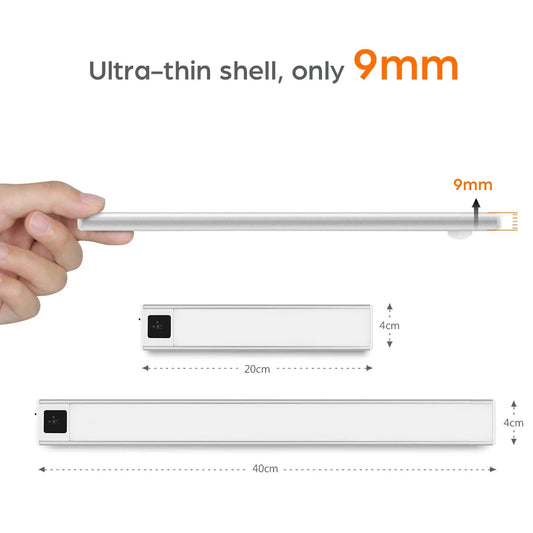

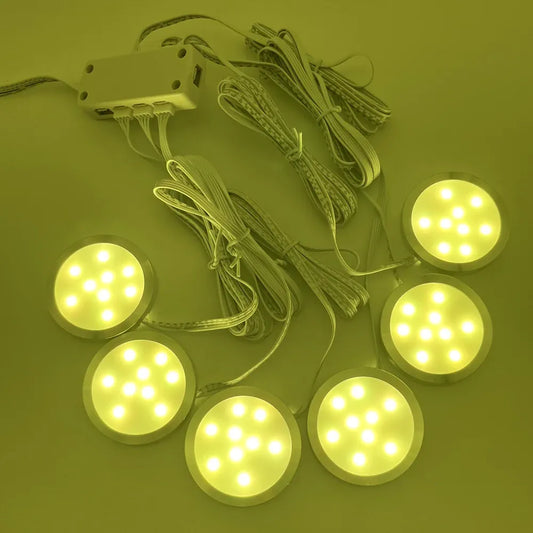

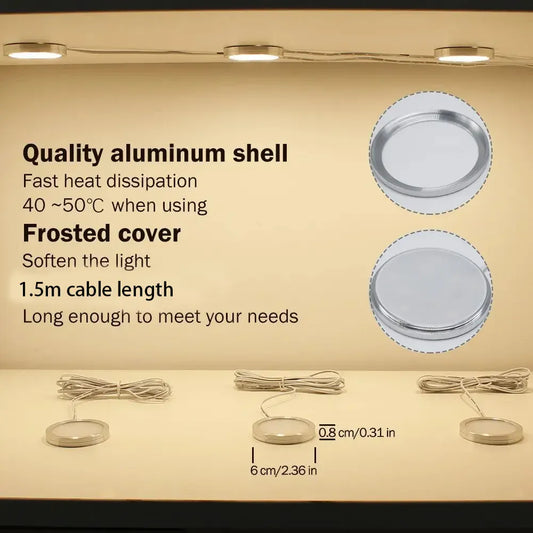



 />
/>
 />
/>
 />
/>
 />
/>
 />
/>